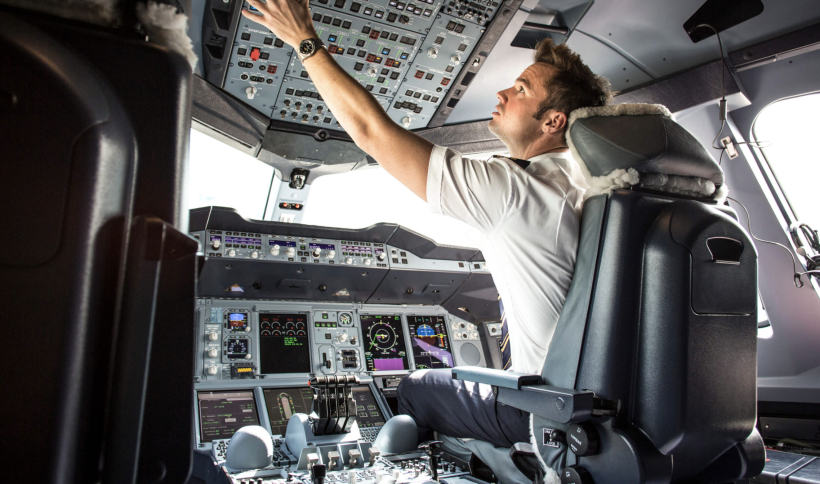Michael Hsu earned his private pilot license in 2008 and has logged many hours in his plane since then. Earning a private pilot license can be a very rewarding experience for many people and is something that he strongly recommends to those who want extra excitement in their life. Earning this license requires time and money but can result in a whole new world to explore.
Michael Hsu Discusses the Private Pilot Licensing Process
While Michael Hsu nearly 20 years ago, the licensing process is basically the same and includes several safety and training steps. The overall process includes meeting all eligibility requirements, getting at least a third-class medical certificate, completing a pilot training program, finishing ground school, passing the written test, earning endorsements through flight training, and passing the checkride.
The government sets pilot licensing requirements and asks all fliers to be fluent in the English language and at least 17 years old to fly planes or 16 to fly gliders or balloons. You must also have a student, sport, or recreational pilot certificate from a training school, at least a third-class medical certificate, and training from specialized flight schools that include ground instruction, flight training, and logbook endorsements.
Furthermore, you must pass aeronautical and practical tests, all of which you can earn from specialized training professionals. The easiest way to start is to get a medical certificate by getting a physical with an Aviation Medical Examiner. These include having the necessary strength and stamina to fly in a plane with minimal heart conditions or other issues that may affect your flying safety.
You can then enroll in a ground school approved by the federal government, where you’ll learn things like aerodynamics, radio communication, Federal Aviation Regulations, and plane control. Part 61 schools have 40 minimal training hours, while part 141 include at least 35 hours. Each flight school type covers different regulations, with Part 141 having far stricter rules.
During your flight training, you’ll also learn about preflight briefing, go through flight training sessions, and get evaluated after your flight. It typically takes at least 60-75 total hours of training to earn a license, though this varies depending on your license. For example, a solo license will take shorter than cross-country or instrument training due to lower difficulties and training demands.
After completing your training course, you must pass knowledge and flight tests. Michael Hsu states that these written tests include at least 60 multiple-choice questions over two and one-half hours. Earn a 70% score or get an instructor endorsement to retake the test if you fail. This license is valid for two years, after which you need to get it updated.
The hardest part, Michael Hsu states, is the practical test or checkride. During this test, an FAA inspector or Designated Pilot Examiner will watch how you fly, give you an oral exam, and decide whether you qualify. You earn a temporary pilot certificate when you pass, and a permanent certificate after the FAA examines your credentials.
Laila Azzahra is a professional writer and blogger that loves to write about technology, business, entertainment, science, and health.
